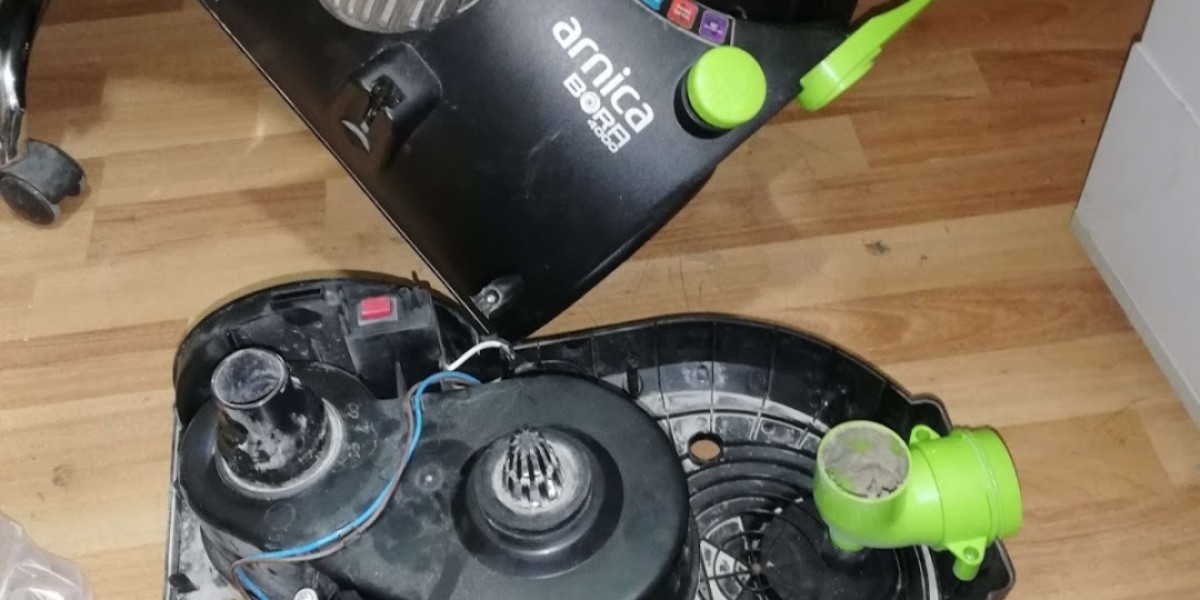Bed bugs are more than just a household nuisance they're persistent, fast-moving pests that can silently invade your space. What makes them especially troubling is how easily they spread. Unlike pests attracted to filth or food, bed bugs travel by hitching rides on clothing, furniture, and luggage.
Many homeowners first notice them after a vacation, a hotel stay, or even public transport. Once inside your home, they hide in cracks, mattresses, behind headboards, and anywhere warm and dark.
To prevent a full-blown infestation, it’s essential to act quickly and consult professionals like Acme Pest Solutions, who offer reliable detection and eradication services specifically tailored to bed bug activity.
Where and How Bed Bugs Spread Most Easily
Travel and Hotel Room Transfers
One of the most common ways bed bugs spread is through travel. Even in upscale hotels or resorts, bed bugs can exist unnoticed. These insects crawl into your suitcase, clothes, or shoes without being seen. Once you return home, they begin to reproduce in quiet corners of your bedroom.
Inspecting your room while traveling and avoiding placing luggage on the floor or bed can reduce your exposure, but even careful travelers aren't immune.
Public Transit and Shared Spaces
Bed bugs are also found in buses, subways, rideshares, and public waiting areas. Since they prefer warmth and carbon dioxide, they are drawn to crowded places and can easily move from person to person.
From coats to backpacks, bed bugs find their way onto fabric surfaces. Because they don’t need a host to survive for weeks, they patiently wait for the next opportunity to settle into a new environment.
Household Items and Second-Hand Furniture Risks
Infested Furniture and Soft Items
One of the biggest mistakes homeowners make is bringing in second-hand furniture without proper inspection. Sofas, mattresses, and even bed frames can harbor hidden bed bugs. These pests can survive without feeding for long periods, allowing them to lie dormant until they sense human activity.
If the item is brought into your home, the infestation begins as they migrate toward sleeping areas, reproduce, and expand.
Apartment and Multi-Unit Spread
In shared housing or apartment buildings, bed bugs can travel between units. They move through electrical outlets, baseboards, and wall voids. Even if one tenant is cautious, infestations in neighboring units can still reach them.
This is why multi-unit dwellings often require building-wide inspections and treatments.
To manage these cases professionally, many property managers rely on expert bed bug exterminators in Canada who understand how to track bed bug movement between units and apply treatments that cover all possible migration zones.
Signs You're Already Dealing With Bed Bugs
Itchy Bites and Blood Marks
Bed bug bites are usually the first physical sign. They appear in rows or clusters, often on exposed skin during sleep. Some people mistake them for mosquito bites, but the repetitive pattern and persistent itching are common giveaways.
You may also notice small blood spots on your sheets, particularly near the seams of mattresses or on pillowcases.
Dark Spots and Eggshells on Bedding
Bed bugs leave behind droppings that resemble tiny black dots, along with shed skins and eggshells. These are most often found along mattress edges, under bed slats, or near furniture seams.
In heavy infestations, you might also detect a faint, musty odor caused by bed bug pheromones.
How to Stop Bed Bugs from Spreading Further
Isolate Affected Areas Immediately
The moment you suspect bed bugs, contain the problem. Avoid moving furniture from one room to another. Launder bedding, curtains, and clothes on the hottest cycle and dry thoroughly. Steam can also help kill eggs and nymphs on soft furnishings.
Vacuum affected areas thoroughly, including mattress seams, cracks in floors, and along baseboards. Dispose of vacuum bags carefully in sealed plastic.
Don’t Rely on DIY Treatments Alone
Store-bought sprays and foggers may kill some bugs but rarely solve the entire problem. Bed bugs are excellent hiders and resistant to many surface-level insecticides. DIY approaches often worsen infestations by scattering bugs into new areas.
Only professional intervention ensures all life stages including eggs are eliminated.
Professional Treatments and Long-Term Prevention
Why Professional Heat Treatments Work
Bed bugs are highly sensitive to heat. Professional exterminators use heat treatments that raise room temperatures to lethal levels, ensuring bugs and eggs are destroyed in every hidden crevice. Unlike chemical sprays, heat penetrates furniture, baseboards, and mattresses more effectively.
Experts may also combine heat with targeted chemical applications for long-term control.
Follow-Up and Monitoring
Once your home has been treated, continued monitoring is key. Pest control professionals often install traps or monitors near bed frames and baseboards to ensure no bugs remain.
Follow-up visits help catch re-infestations early, especially in buildings where neighboring units pose a threat.
Regular inspections and sealing of cracks or wall gaps further reduce the risk of reinfestation.
Conclusion
Bed bugs spread faster than most people realize and once they enter your home, they’re extremely difficult to remove without expert help. Early detection, immediate containment, and professional extermination are essential for complete control. Don’t let these tiny pests take over your home.







